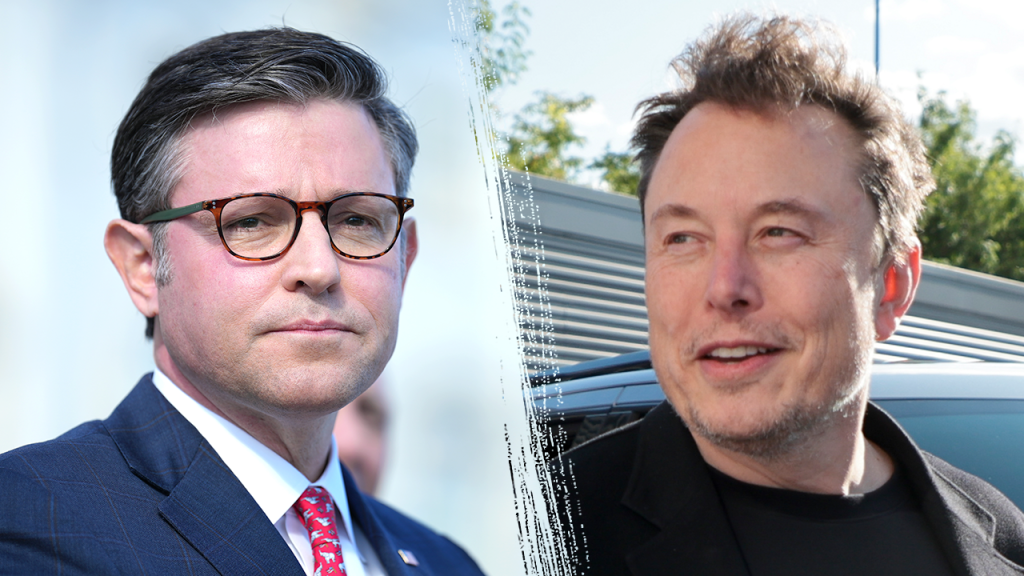The initial bipartisan agreement to avert a partial government shutdown faced immediate and intense backlash from conservative factions within both the House and Senate, ultimately leading to its collapse and a scramble for an alternative solution. House Speaker Mike Johnson, facing pressure from the right, found himself navigating a precarious political landscape with less than 24 hours to find a new path forward before the looming Friday deadline. The proposed legislation, a continuing resolution (CR) designed to extend government funding through March 14, 2025, included over $100 billion in disaster relief, agricultural subsidies, healthcare reforms, and a provision for the RFK stadium revitalization. These additions, perceived as unrelated policy riders by members of the House Freedom Caucus, fueled accusations that Johnson had blindsided conservatives and sparked concerns about his speakership bid in January.
The intense conservative opposition wasn’t confined to Congress. President-elect Donald Trump and his Vice President-elect, JD Vance, released a joint statement urging Republicans to reject the deal and instead link a CR to an increase in the debt ceiling, a move they argued was strategically advantageous given the impending change in administration. Adding fuel to the fire, Elon Musk, Trump’s pick to co-chair the Department of Government Efficiency (DOGE), publicly condemned the spending bill on X (formerly Twitter), calling for the removal of any lawmaker who supported it. He even advocated for leveraging a government shutdown, arguing it was preferable to passing what he considered a “horrible bill,” highlighting the deep divisions over government spending.
Johnson’s defense of the initial deal centered on the current political reality, emphasizing that Republicans only control the House and stressing the necessity of compromise given the Democratic control of the Senate and White House. He characterized the deal as a “conservative play call” designed to bridge the gap until Republicans gained more control in January. However, this defense did little to appease his critics, who saw the deal as an unacceptable concession to the Democrats. The cancellation of planned votes and subsequent meetings in the speaker’s office underscored the urgency and complexity of the situation.
The unraveling of the bipartisan agreement presented Johnson with a formidable challenge. He faced pressure from within his own party, fueled by figures like Musk and the Trump transition team, while simultaneously risking the ire of Democrats who felt betrayed by the sudden shift. House Minority Leader Hakeem Jeffries issued a stark warning, placing the blame for any resulting government shutdown squarely on Republicans if they reneged on the agreement. This warning underscored the precarious balance Johnson needed to strike to avert a crisis. His options appeared to dwindle as Republicans began discussing a “skinny” CR, stripped of disaster aid and agricultural subsidies, a move unlikely to garner Democratic support.
The situation further highlighted the tightrope Johnson walks with his slim House majority. His reliance on Democratic votes to pass any CR, coupled with widespread Republican opposition to short-term funding extensions, created a complex political equation. He faced the difficult choice of whether to pursue regular order, which would involve a House Rules Committee vote and a procedural vote before the final vote on the CR, or to expedite the process by raising the passage threshold to two-thirds. Each option presented its own set of risks and challenges, further complicating the already tense situation.
With the Friday deadline rapidly approaching, Johnson found himself at a critical juncture. The collapse of the bipartisan deal and the ensuing scramble for a backup plan underscored the deep divisions within Congress and the challenges of governing in a highly polarized political climate. His ability to navigate this crisis would not only determine whether the government could avoid a shutdown but also significantly impact his own political future, including his speakership bid in January. The looming deadline and the high stakes involved created a sense of urgency and uncertainty, as lawmakers raced against the clock to find a solution that could avert a government shutdown and appease both sides of the aisle.

